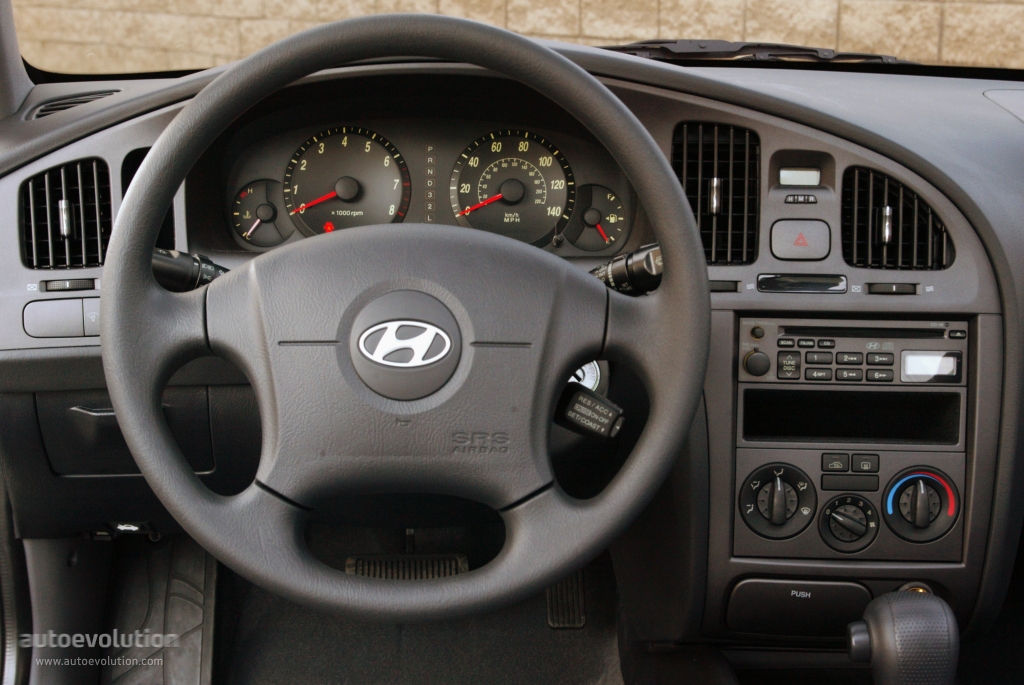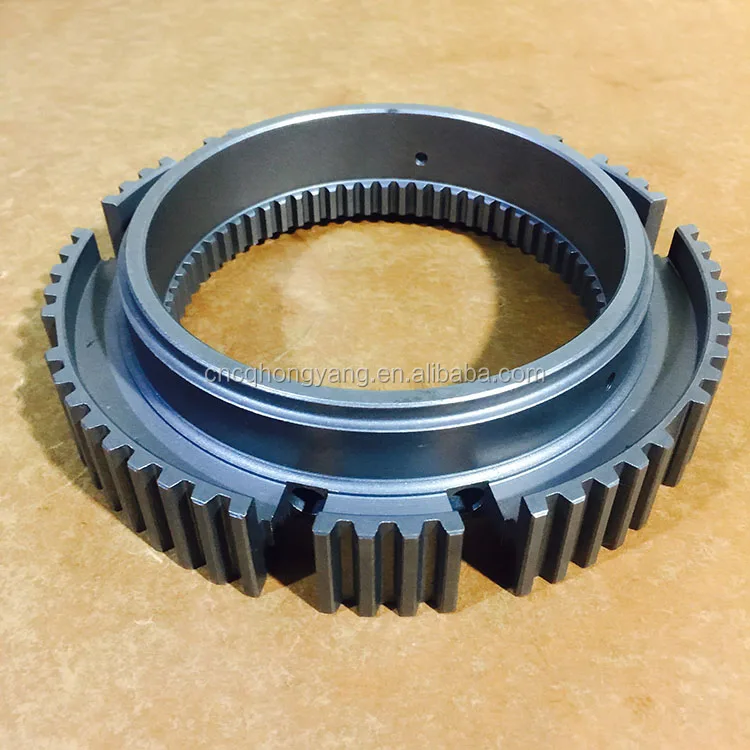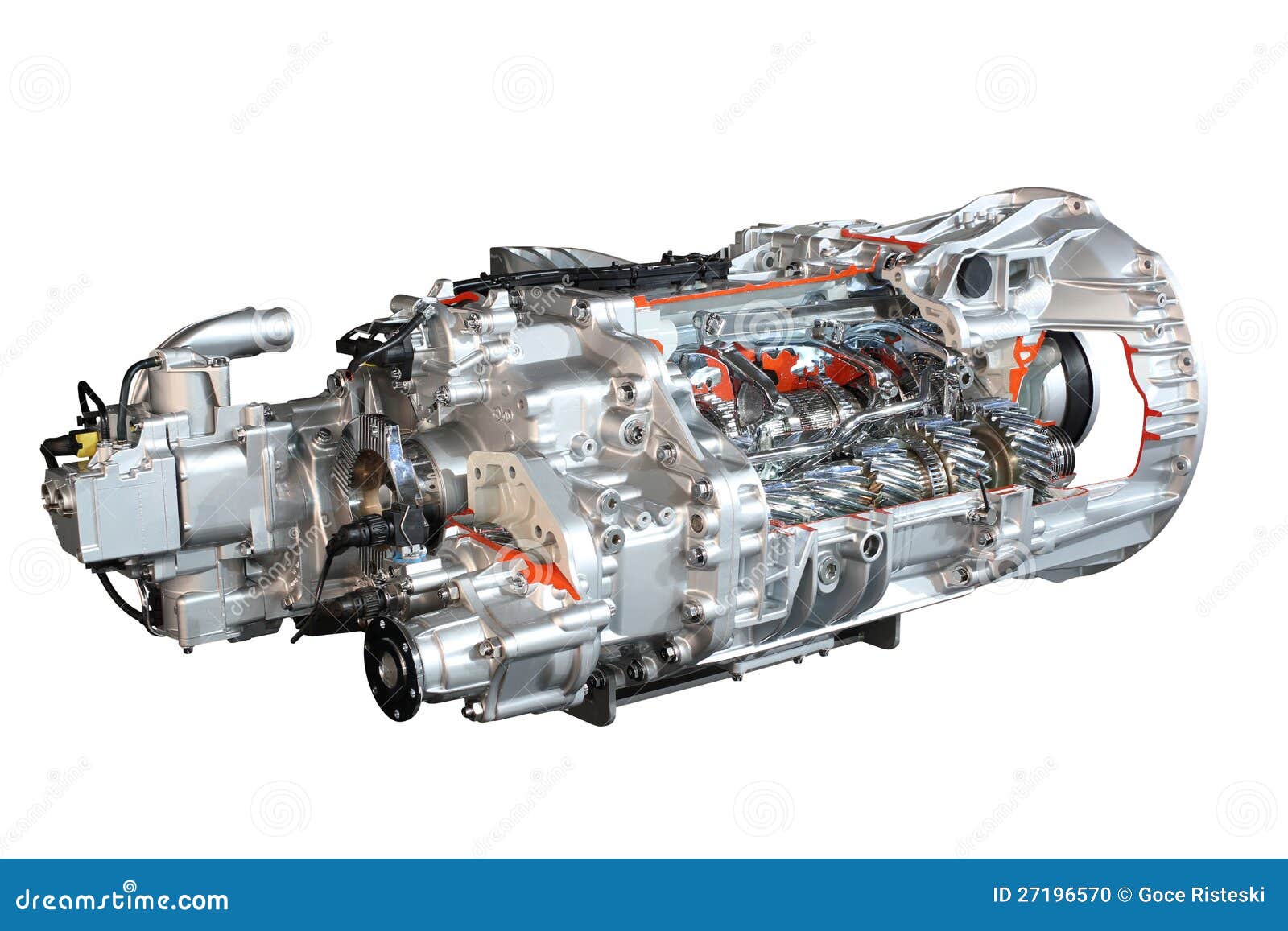As you may know, a transmission is what ultimately powers your truck. By using your truck’s gearbox, you’re able to either speed up or slow down. Today, we’ll go over the main semi truck transmission types.
- We offer a complete line of Heavy Duty Truck Transmissions as well as repair parts for 5, 6, 7, 8, 9, 10, 13, 15, 18 and 20 speed transmissions from rebuild kits to.
- Fuller 5- and 6-speed medium-duty manual transmissions. Go to Fuller Advantage Series manual transmission. Fuller Advantage Series manual transmission. Go to Fuller AT-1202 auxiliary transmission. Fuller AT-1202 auxiliary transmission. Go to Heavy duty EV transmission.
- ABC Automatic Transmissions. Transmissions-Truck & Tractor Auto Repair & Service Auto.
- Since 1980, W.W. Williams has been recognized as the leading semi-truck transmission specialists. While we built our reputation on our work with Allison Transmission, our service centers are able to repair, rebuild or replace any make and model truck transmission or heavy duty transmission.
Telescoping Transmission Jacks, Low Profile Transmission Jack. If you need an automotive transmission jack, you came to the right place. We've got a huge selection of heavy duty transmission jacks, telescoping air transmission jacks for under-hoist work, as well as hydraulic low profile models for working under jacks and jack stands.
In this article, we’ll go over the two main types of manual transmissions. That way, you can get a better picture of the gearbox types for trucks. Additionally, we’ll talk about automatic and AMT transmissions.
Truck Transmission Shift Patterns
So, keep on reading to learn more.
Two Types of Transmissions: Synchronized and Unsynchronized
For all types of vehicles, there are two main transmissions for manual gearboxes: synchronized and unsynchronized.
Synchronized gearboxes make sure that the gears rotate and mesh, as well as locking the shaft. This allows drivers to lock the gears without any problem. Also, these transmissions help avoid double clutching.
Unsynchronized transmissions, on the other hand, are the older model of manual gearboxes. Usually, these transmissions tend to need more effort from the driver. This is because the driver needs to time the shifting of the gears. That way, the gears would rotate at the same speed.
Although unsynchronized gearboxes tend to require more endeavor from the drivers, they are less susceptible to breakdowns. Not only that but also these transmissions tend to have a much faster shifting compared to synchronized gearboxes.
Semi Truck Transmission Types: Manual, Automatic, & AMT
When thinking about semi truck transmission types, many people only have in mind two: manual and automatic transmission. However, there’s a third type of transmission: automated manual transmission.
Additionally, manual transmissions can be divided into three: splitter, range, and range splitter.
Manual Transmission
First, we have a manual transmission for semi-trucks. Being among the most traditional options out there, manual transmissions are among the most affordable transmissions. This is because they aren’t as new as their automatic counterparts.

Manual gearboxes for semi-trucks and light trucks usually consist of 6 gears and an unsynchronized transmission. Also, as we stated before in this article, manual transmissions divide into three:
- Range
- Splitter
- Range-splitter
Additionally, these types of manual gearboxes tend to be for heavy trucks that need more than six gears. Let’s take a look at each of these:
Range Gearboxes
Range transmissions usually have an H-shaped pattern. Usually, this gearbox has a high-low gear split. This split allows drivers to use the same gears shift position for both the higher mode and the lower mode.
Let’s give you an example of this. Picture that your truck has an 8-speed range transmission. The shift pattern will only have half of the range transmissions, in other words, 4 gears. As you can imagine, the first four are accessed through the low-range setting.
From the fifth gear to the eighth gear, you’ll need to use the high-range setting. By using the high range, you’ll reuse the same positions that were used for the first five gears. The first gear position becomes the fifth gear position, and so forth.
For a much better picture, take a look at the image below.
It’s a visual representation of an Eaton fuller transmission. Here you can see how the first gear position is the same for the sixth position. Also, when changing settings, you’ll need FIRST to preselect the range setting.
Splitter Gearboxes
Splitter transmissions, like range transmissions, consist of an H-pattern as well. However, splitter gearboxes tend to be gear positions that are split into two due to its high-low division.

Let’s bring back the example used for range gearboxes. Imagine that your truck has an 8-speed splitter gearbox. You’ll always have a gearbox with four positions.
With this type of transmission, instead of using the first gear position as the sixth gear position, you’ll use it as the second gear position.
In other words, the first gear will be in the first low split position, while the second gear will be in the first high split position. This will continue until you reach the final gear.
Below, you can find a diagram that shows you how shifting between gears for a splitter transmission is:
Range-Splitter Gearboxes
Lastly, we have range-splitter transmissions. As the name suggests, these are a combination of ranger and splitter gearboxes. By having a combination of the two, there’s a greater gear ratio.
A range-splitter gearbox grants truck drivers much more flexibility, as well as a broader range and selection of movements.
Below, you’ll see an 18-speed transmission shift pattern diagram for you to get a much better picture:
Automatic Semi Truck Transmission
Automatic gearboxes are among the newest options available for semi truck transmission types. Instead of featuring the good-old three-pedal manual transmissions, an automatic gearbox only features two pedals. There’s no need for three since there’s no clutch pedal.

Semi-truck automatic transmissions often include the modern planetary automatic gearboxes and dual-clutch transmissions. We’ll explain the difference between these two below:
Planetary Automatic Transmission

Usually, automatic planetary gearboxes are the most common type of automatic gearbox. This transmission grants a smooth coupling between the driveline and the engine. Also, it grants torque multiplication when starting.
Truck Transmission Jack
Dual-Clutch Transmission (DCTs)
Dual-clutch gearboxes share a very much alike structure to their manual counterparts. However, DCTs have automatic shifting. Not only that, but they use two clutches and two coaxial input shafts.
You can think of DCTs as a manual gearbox, with the difference that it’s computer-controlled. While one clutch controls the odd gears, the other clutch controls the even gears.
Automated Manual Transmission
Lastly, we have automated-manual transmissions, also known as AMTs.
This type of gearbox combines the mechanism between a manual transmission and an automatic one. In essence, AMT transmissions are manual transitions that have either electro-hydraulic or electromechanical actuators. These actuators are what make it automatic since they automate the gear selection and clutch.
AMTs help you with your fuel economy by a lot. Believe it or not, when drivers shift incorrectly, they can affect your torque converters. In other words, this ends up burning much more fuel than what’s needed.
Also, an AMT gearbox is much easier to learn with than a manual one, helping you out with your driver recruitment.
You expect a lot from your truck, but it’s way too much to expect it to last forever. Even if you’re religious about performing inspections and maintenance, you’ll be faced with repair issues at some point. Transmission problems are among the costliest for truckers. Not only will a damaged or shot transmission cost money to fix or replace, but it will cost you downtime, as well. Plus, not knowing what to expect when your tranny starts acting up can add to the trouble. At the very least, you need to know the details of semi truck transmission repair cost, the issues that affect it, and what your options are.
How to Know When You’re Having Transmission Problems
Before you start worrying about the semi truck transmission repair cost, first things first. If your truck is acting up, how do you know it’s the transmission? There are a handful of red flags that indicate transmission problems, but the top 3 are:
- trouble shifting—slipping gears while driving, between shift revving, or transmission pops into neutral on its own
- strange noises—clunking, grinding, thumping, humming, and other unusual sounds, especially when the truck isn’t in gear
- transmission fluid leaks—plus, excessively dirty transmission fluid can cause problems, too
Other telltale signs of tranny trouble include a sluggish clutch—one that stays engaged even after you let up on it—and grinding gears during shifting.
Repairable Transmission Issues
If you notice anything unusual with your transmission, you could save money on the semi truck transmission repair cost by taking care of the issue right away. Some problems are fairly easy to fix and could extend the life of the transmission if they’re not allowed to get worse. For example, in the case of leaking or dirty fluid, replacing seals and/or topping off the fluid might cost hundreds of dollars, maybe as much as $1,000. However, that’s just a fraction of the cost of replacing a transmission.
There are other small transmission issues that can be repaired, too. First, the problem could be a worn or broken transmission mount. That can cost as much as $225 for the part alone and you’ll pay for labor on top of that. Solenoids are another repairable transmission issue. They can cost over $400. Even adding in an hour or more of labor, though, that’s still less expensive than a replacement job.
Average Semi Truck Transmission Repair Cost
When the question is, “What does the average semi truck transmission repair cost?” there’s not one simple answer. Many factors affect what each job costs. Things like the make of the truck, how old it is, and the extent of the damage play a part. Even the shop you take it to and what part of the country you’re located in will affect how much you’ll spend to repair your semi’s transmission.
Unless your truck is over 10 years old or has more than 100,000 miles on it, it’s worth your while to dig out the warranty if the transmission starts acting up. If the warranty is still valid, the repair could end up costing you little to nothing. For example, you won’t pay for problems due to manufacturer defect or shoddy workmanship.
Transmission Replacement Cost
Although different things affect semi truck transmission repair cost, in general, the transmissions typically cost at least $1,500 just for the part alone. What’s more, they can run over $4,000, depending on the issues listed above.
Then, there are labor costs. It can take 3 to 6 or more hours to remove, repair, and reinstall a transmission. Rates vary from shop to shop, but you could be looking at paying around $95 per hour or more for the tech to do all of that. When trying to budget for a transmission repair, plan for the high-end prices. It’s better than getting caught off guard.
Rebuilt Transmission Vs. Remanufactured
When you take your truck into the shop with transmission problems, the tech will check the fluid first. If dirty or inadequate transmission fluid isn’t the issue, then he’ll thoroughly inspect your semi. This step might include a manual inspection and even driving it, but the tech will probably also hook it up to a diagnostic tool to see what codes it’s throwing. If the problem is extensive, you’ll probably need to replace the transmission. You can save money on that semi truck transmission repair cost by having your existing transmission rebuilt or opting for a remanufactured tranny instead of a new one. As you might imagine, there are pros and cons to both options.
Why Chose to Rebuild?
Rebuilding your existing transmission is cheaper than buying new or even going with a remanufactured one. With this option, only the broken or worn parts get replaced, saving money and time. Plus, rebuilds typically don’t have compatibility problems, as they still have their core parts and replacement parts used are OEM. You’ll want to look for a shop or mechanic with a good reputation in transmission rebuilding and repair to increase the chances you end up with a durable rebuilt unit. Be sure to ask about a warranty on the parts and labor, too. The only testing that’s typically done on rebuilt transmissions tends to be during use, so there’s always a chance more work is needed.
Why Replace Your Transmission with Remanufactured?

Remanufactured transmissions tend to cost more than rebuilding. However, if there are several things wrong with your transmission and the plan is to have your truck for a long time, it’s worth the extra money. Plus, purchasing and installing a reman won’t take as long as a rebuild will. Remanufacturing happens in a quality-controlled factory with state-of-the-art equipment and tools. Certified techs who specialize in specific brands are the ones who do the work. Remanufactured transmissions are put through numerous inspections as well as tested with a machine built specifically for the task. What’s more, remanufactured transmissions typically carry a 3-year warranty that covers parts and labor at just about any repair shop in the U.S.
Tracking Your Transmission’s Health
Keeping on top of PMs can also keep you ahead of costly transmission repairs. Not only are PMs a chance to top off or replace the fluid as needed, but it’s usually during preventive maintenance when you discover potential problems. Software like Fullbay helps you track your truck’s overall health, keeping a record of past problems and repairs as well as parts used, maintenance history, and when the next PM is due. And that’s only a fraction of everything Fullbay does. Whether you have just one truck or a whole fleet, Fullbay helps minimize semi truck transmission repair cost. Fill in the form below to give Fullbay software a try.
